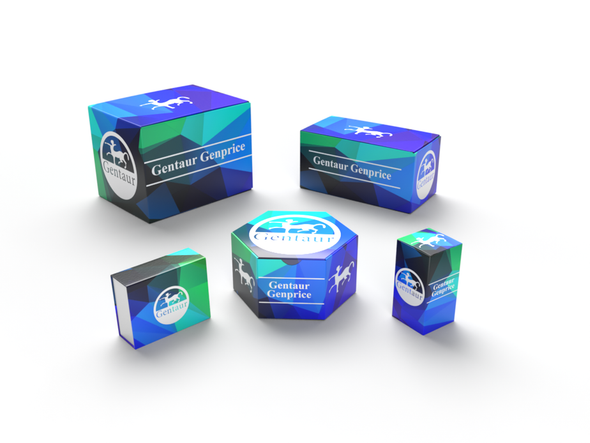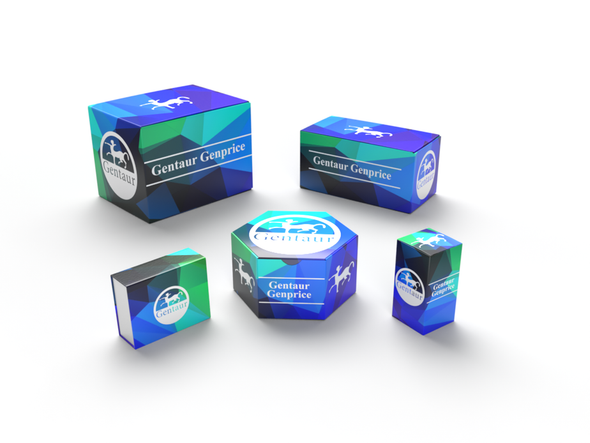740
Rat Tumor necrosis factor receptor superfamily member 1B (TNFRSF1B) ELISA Kit | AE14000RA
- SKU:
- 740-AE14000RA
- Availability:
- Usually ships in 5 working days
Description
Rat Tumor necrosis factor receptor superfamily member 1B (TNFRSF1B) ELISA Kit | AE14000RA | Gentaur UK, US & Europe Distribution
Species Reactivity: Rat (Rattus norvegicus)
Abbreviation: TNFRSF1B
Alternative Name: CD120b; TBPII; TNF-R-II; TNF-R75; TNFBR; TNFR1B; TNFR2; TNFR80; p75; p75TNFR; p75 TNF receptor|soluble TNFR1B variant 1|tumor necrosis factor beta receptor|tumor necrosis factor binding protein 2|tu
Application: ELISA
Range: Request Information
Sensitivity: Request Information
Intra-Assay: ≤4.3%
Inter-Assay: ≤7.3%
Recovery: 0, 84
Sample Type: Serum, Plasma, Other biological fluids
Detection Method: Sandwich
Analysis Method : Quantitive
Test Principale: This assay employs a two-site sandwich ELISA to quantitate TNFRSF1B in samples. An antibody specific for TNFRSF1B has been pre-coated onto a microplate. Standards and samples are pipetted into the wells and anyTNFRSF1B present is bound by the immobilized antibody. After removing any unbound substances, a biotin-conjugated antibody specific for TNFRSF1B is added to the wells. After washing, Streptavidin conjugated Horseradish Peroxidase (HRP) is added to the wells. Following a wash to remove any unbound avidin-enzyme reagent, a substrate solution is added to the wells and color develops in proportion to the amount of TNFRSF1B bound in the initial step. The color development is stopped and the intensity of the color is measured.
Product Overview: TNFRSF1B is a human gene. The protein encoded by this gene is a member of the Tumor necrosis factor receptor superfamily, which also contains TNFRSF1A. The protein encoded by this gene is a member of the TNF-receptor superfamily. This protein and TNF-receptor 1 form a heterocomplex that mediates the recruitment of two anti-apoptotic proteins, c-IAP1 and c-IAP2, which possess E3 ubiquitin ligase activity. The function of IAPs in TNF-receptor signalling is unknown, however, c-IAP1 is thought to potentiate TNF-induced apoptosis by the ubiquitination and degradation of TNF-receptor-associated factor 2, which mediates anti-apoptotic signals. Knockout studies in mice also suggest a role of this protein in protecting neurons from apoptosis by stimulating antioxidative pathways.
Stability: The stability of ELISA kit is determined by the loss rate of activity. The loss rate of this kit is less than 5% within the expiration date under appropriate storage condition. The loss rate was determined by accelerated thermal degradation test. Keep the kit at 37°C for 4 and 7 days, and compare O.D.values of the kit kept at 37°C with that of at recommended temperature. (referring from China Biological Products Standard, which was calculated by the Arrhenius equation. For ELISA kit, 4 days storage at 37°C can be considered as 6 months at 2 - 8°C, which means 7 days at 37°C equaling 12 months at 2 - 8°C) .






